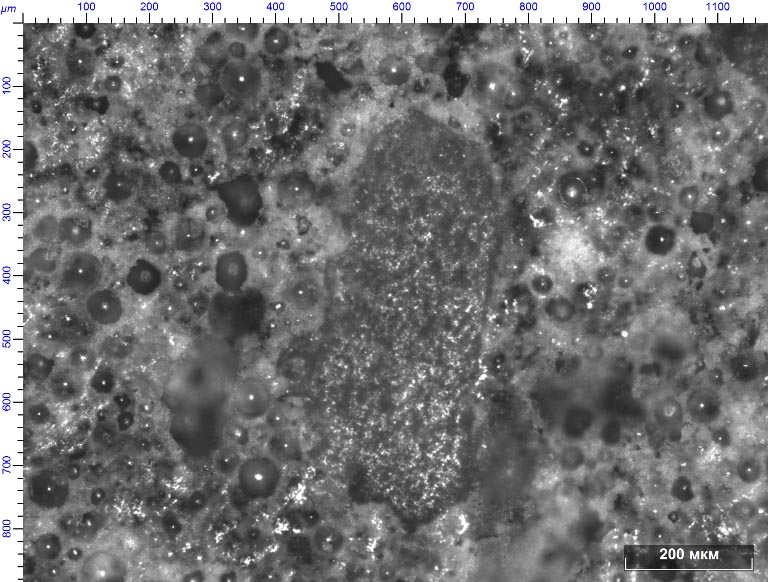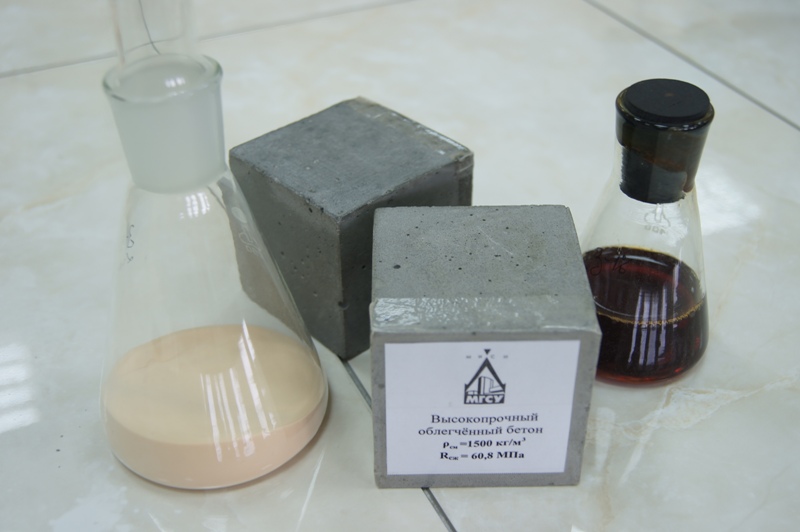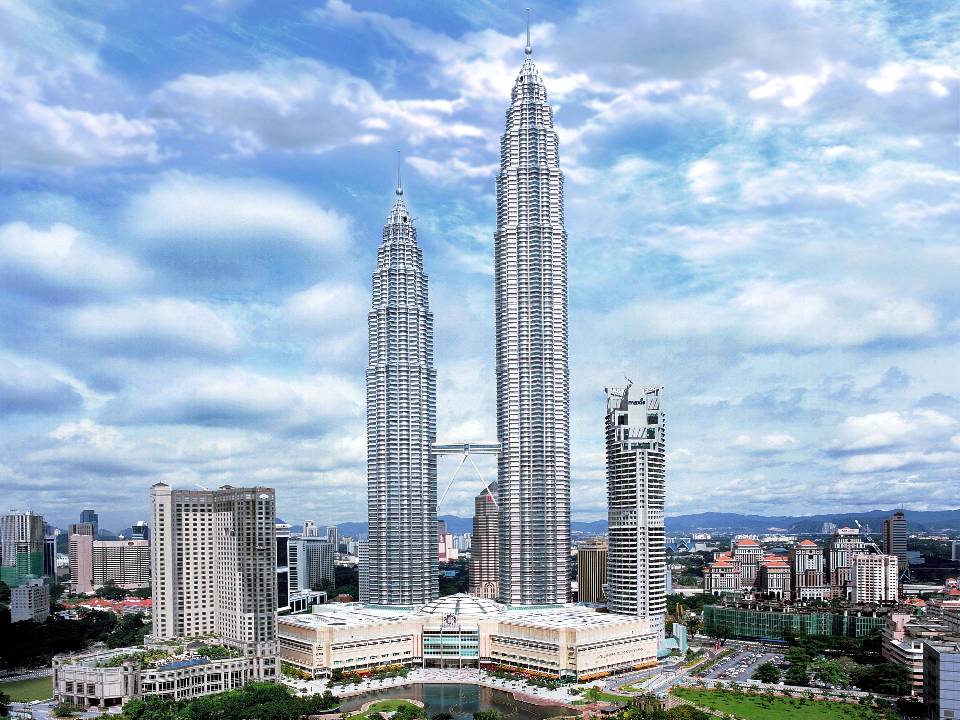 The concrete mixes for energy efficient high-strength lightweight concretes (HSLWC) with universal complex of mechanical, thermal and operational properties were designed in the scientific and educational center “Nanotechnology” of the Moscow State University of Civil Engineering. The presence of the special components in concrete mixes leads to the low bulk density and effective porosity, high strength and low thermal conduction.
The concrete mixes for energy efficient high-strength lightweight concretes (HSLWC) with universal complex of mechanical, thermal and operational properties were designed in the scientific and educational center “Nanotechnology” of the Moscow State University of Civil Engineering. The presence of the special components in concrete mixes leads to the low bulk density and effective porosity, high strength and low thermal conduction.
The components for energy efficient HSLWC are widespread: binder, mineral part, filler, plasticizer and water.
Properties of HSLWC
|
Parameter |
Units |
Value |
|
Density |
kg/m3 |
1300…1500 |
|
Compressive strength |
MPa |
40,0…70,0 |
|
Flexural strength |
MPa |
5,0…8,5 |
|
Specific strength |
MPa |
30,0…50,0 |
|
Water absorption |
%, no more |
1,00 |
|
Thermal conductivity |
W/(m∙K), no more |
0,60 |
|
Thermal diffusivity, 10-7 |
m2/s, no more |
5,00 |
|
Specific heat capacity (T=25oC) |
kJ/(kg∙K) |
0,80…1,15 |
|
Water resistance |
no less |
0,99 |
|
Frost resistance |
cycles, no less |
100 |
Advantages of HSLWC
|
Parameter |
Classic heavy concrete |
Classic lightweight concrete |
HSLWC |
|
High strength |
+ |
– |
+ |
|
Low bulk density |
– |
+ |
+ |
|
High specific strength |
+ |
– |
+ |
|
Low effective porosity |
+ |
– |
+ |
|
Low water absorption |
+ |
– |
+ |
|
Low thermal conductivity |
– |
+ |
+ |
|
High sound absorption |
– |
+ |
+ |
|
High frost resistance |
+ |
– |
+ |
HSLWC has a lower bulk density, compared to both classic heavy and lightweight concrete. This allows reduction of mass of construction by 40% while maintaining the structural quality of the product. In addition, HSLWC has a lower thermal conductivity, providing additional thermal insulation. Because of addition of hollow microspheres as filler the dense structure of concrete can be obtained, thus the material is of low porosity, high frost resistance and prolonged life. As opposed to the lightweight concrete with porous aggregates, which require additional finishing for protection against environmental impacts, the HSLWC does not require such treatment. The classic lightweight concrete does not have a high specific strength; on the contrary, HSLWC can be used for production of load-bearing elements of the buildings.
The overall rise in quality of HSLWC is achieved as a result of the modification of the interface “cement stone - microsphere” by means of nanoscale modifier that enhances the wettability of microspheres and increases the strength of the interphase contact.

Areas of application of HSLWC
The areas of application of energy efficient HSLWC are industrial and civil engineering. The reinforced products can be manufactured of HSLWC. These products can be used for construction of high-rise residential and public buildings, road bridges, overpasses and interchanges, during the manufacture of large-span concrete products, as well as for the construction of buildings of special purpose.
Lowering the weight of constructional elements of building can solve complex architectural problems and, thus, expands the area of application of HSLWC as a structural building material.

Economic attractiveness of HSLWC
Calculations show that for the building made of HSLWC (of bulk density 1400 kg/m3) both the height and total floor space can be increased by 44%. Besides, the better thermal properties of HSLWC lower consumption of resources during heat insulation. The thermal conductivity of HSLWC is almost 2 times less than that of heavy concrete. Thus, the cost of the insulation can be reduced by 94%. Most benefits can be achieved when HSLWC is used for both floors and fencing panels.
There are also several advantages of designed HSLWC for traditional structural units. Among others is the reduced consumption of rebar; the cross-section of the structure can be also reduced. In particular, by means of using HSLWC with brand strength M600 with reinforcing steel A400 the 30% of the rebar can be saved.
Reduction of the materials and weight of structural units without losing their carrying capacity and other operational properties is a major factor for improving the efficiency of construction.
According to experts, by means of using the HSLWC the material costs can be reduced by 1.5-2.5 times compared to conventional heavy concrete of the same strength.
Analysis shows that application of HSLWC as a structural material for construction of high-rise buildings either reduces the overall weight by more than 40% (compared with the same design with heavy concrete) or increases the height by 20...25%. In the former case, the requirements for the grounds and foundations are relaxed; this leads to lower consumption of materials (the cost of works on the zero cycle almost halved). In the later case, there is an increase of total building area per unit area of land, and therefore, there is reduction of cost of 1 m2 of apartment or office.
HSLWC has advantages for the construction of critical structures, bridges, overpasses and large span structural elements. Combining high strength and low weight, the product of such concrete can be of large geometric dimensions, whether the product is a beam or truss girder.
In addition, HSLWC due to the lower thermal conductivity reduce energy consumption in buildings. Using the concrete with a low specific weight leads to conserving on transport, handling and other overhead costs during construction.
We have 9 guests and no members online